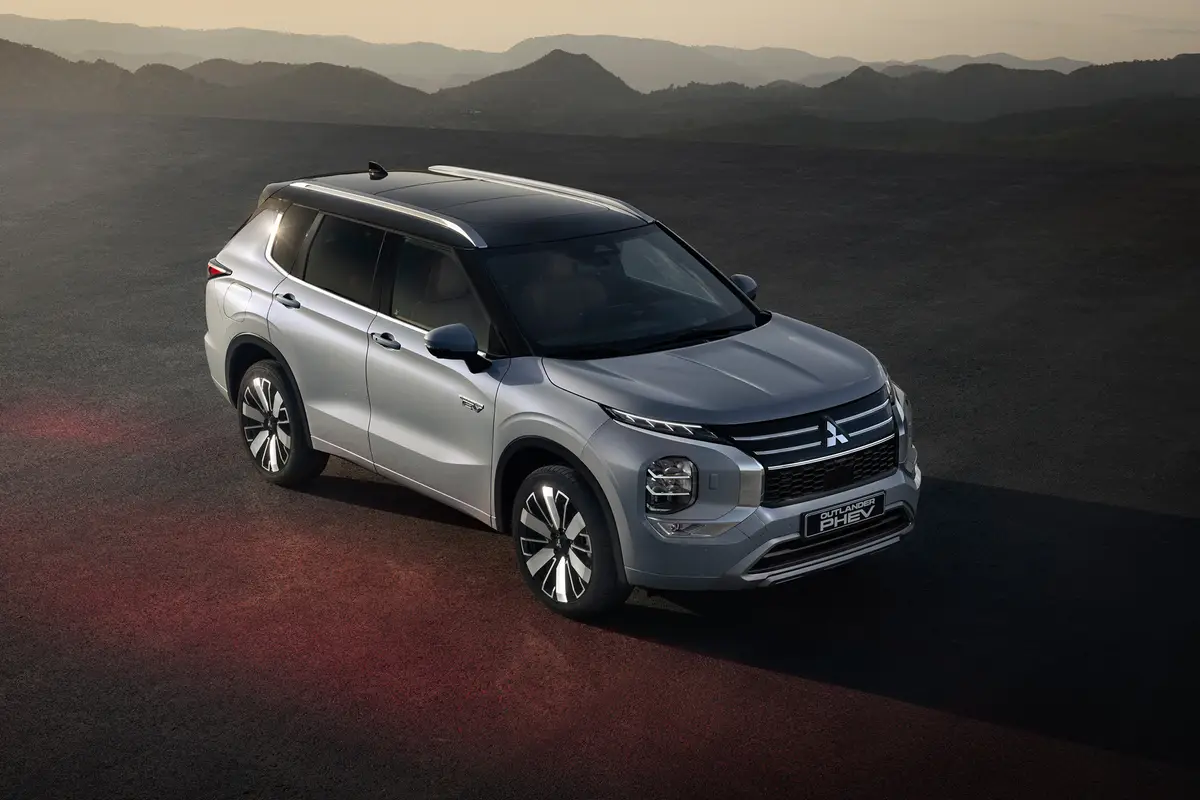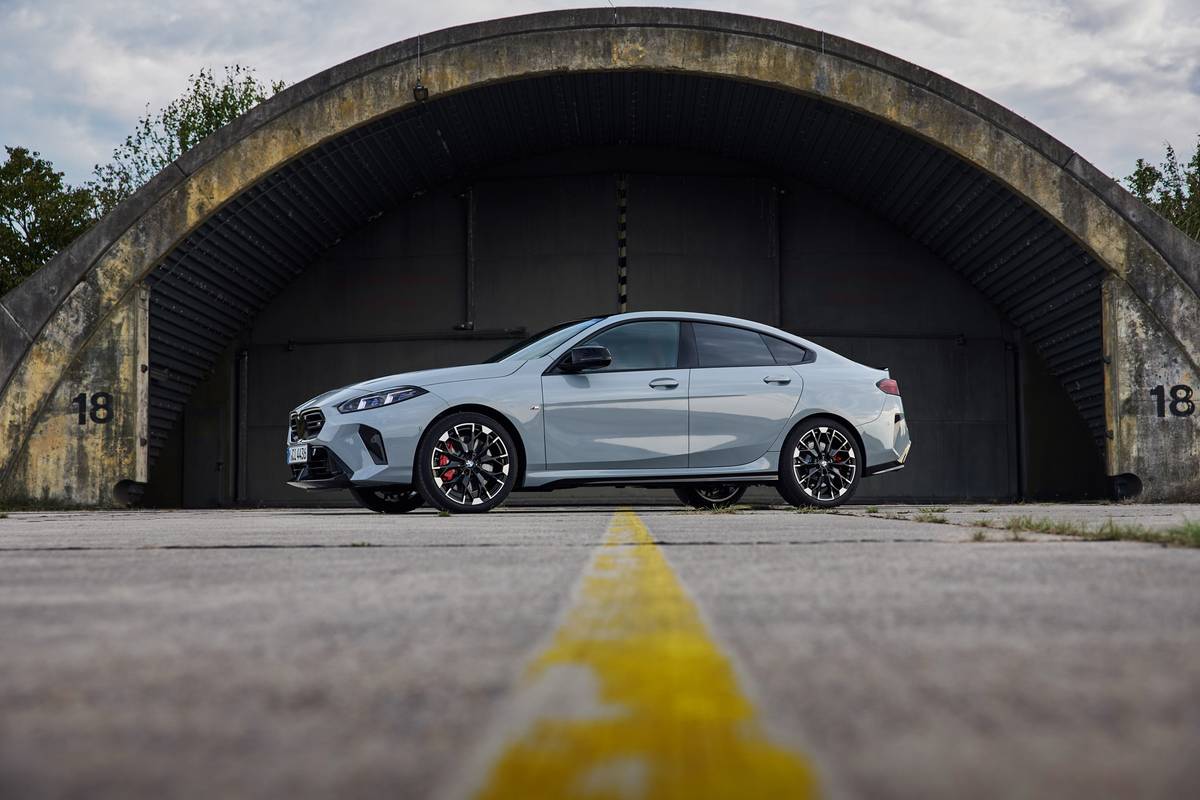The Morning Call and Mcall.com's view
The Jetta is Volkswagen’s most popular model and one of the best-selling European cars in this country. So, obviously, the Jetta must be offering something.
And that something appears to be a quality car at a reasonable price: certainly a combination that even in an age of a market full of good cars should attract some attention.
However, for a period of time the Jetta – introduced to the American market in 1980 – appeared to be a car destined for a life of oblivion. Not only was it unknown by the car buying public, Volkswagen seemed determined to keep it a secret. But slowly the Jetta gained acceptance and a following. It did, however, take until 1985 before it began establishing itself.
Why the long wait? I’m not sure and about now it is probably not that important. But in case you are wondering just what is a Jetta, stick around we’ll try to satisfy your curiosity.
The test car (supplied by Lehigh Valley Volkswagen, 1346 Lehigh St., Allentown) was a bright red four-door GL model that had a certain sporty flair about it. No doubt its styling was influenced greatly by the more expensive German sport sedans.
Although the Jetta shares the basic platform of Volkswagen’s bread-and- butte r Golf (previously the Rabbit), it has many of its own touches that give it its own personality. The most obvious of these is that the Jetta is a notchback sedan and the Golf a hatchback model. And not only does the Jetta have a trunk, it has a large trunk: almost 17 cubic feet, quite a bit of space for a compact. The trunk is large enough, in fact, to have trunk showdowns. Just challenge one of your friends with a compact notchback of another make as to which car has the larger trunk and you should come out the winner.
The Jetta manages to look and act more expensive than it actually is. This is partly because of its Mercedes-Benz/BMW influenced styling but also because of its excellent Volkswagen engineering. Although the Japanese took over most of the import market, VW was perhaps most responsible for creating a favorable atmosphere for imports in this country. In the not too distant past, the beloved Beetle accounted for 60 percent of the import market. The market, of course, did change but Volkswagen engineering has remained the same.
The Jetta sits on a wheelbase of 97.3 inches, has an overall length of 171.7 inches, a width of 66.1 inches, height of 55.7 inches and curb weight of 2,335 pounds. Not really too much difference here than in any other compact. The Jetta can hold five passengers and all can be seated comfortably. The velour upholstery is soft but the seats are firm, which is pretty much of a German tradition. Drivers of all shapes and sizes will be able to sit behind the wheel. Since the wheel does not tilt, however, tall drivers do have to maneuver around it when entering and exiting. Not a big deal but something that will be noticed.
The Je tta is not a difficult car to drive. The test car had a five-speed manual transmission that had a fairly close spread of gears and proved quite easy to operate. That is, of course, if you used to driving a manual transmission. It wouldn’t be a bad transmission to learn on but if you aren’t up to shifting or learning to, an automatic is offered as an option. The analog instrument gauges are easy to read and controls are easy to operate. The Jetta is rather tall with lots of window area and this provides a good command of the road and surroundings.
Although the Jetta isn’t in the class of the more expensive German sport sedans it tries its hardest to act like one. Handling is tight and responsive but not overly critical. In other words, if you really aren’t into handling, you can drive the Jetta around and not even be aware of its potential. The four-wheel independent suspension features MacPherson struts up front and coil springs on an independent torsion bea axle in the rear. Steering is by a rack-and-pinion sy stem and the brakes feature a dual diagonal layout. At first glance, the 13-inch wheels and 175/70SR tires do seem somewhat skimpy but they do the job so who can complain?
The Jetta’s front-wheel drive system proved its ability for traction during its test run. It was driven over bad highways during not one but two storms and managed to get though without too much effort.
Powering the Jetta GL (and base Jetta) is a 1.8-liter/109-cubic-inch four cylinder engine rated at 85 horsepower at 5,250 rpm and 96 foot pounds torque at 3,000 rpm. The engine features electronic fuel injection and an overhead cam and just runs and runs and runs. Hit the accelerator and shift the five- speed on cue and you should hit 0-60 mph in a little less than 11 seconds. Fuel mileage, as should be expected from a Volkswagen, is quite good. The test car averaged 23 miles per gallon for city driving and 31 mpg over the highway.
If you are interested in a bit more performance, the Jetta is also available in a GLI model that is powered by a souped-up version of the 1.8- liter four. The GLI’s engine is rated at 102 horsepower at 5,250 rpm and 110 foot pounds torque at 3,250 rpm. It gets it extra power from a KE-Jetronic fuel injection ;system, larger diameter intake valves and a higher compression ratio. The GLI also features a close-ratio five-speed, performance tuned suspension, four-wheel disc brakes and 14-inch wheels and tires. Quite a package.
Base price of the Jetta GL four-door is $9,990. Standard equipment includes rear window defroster, dual remote controlled mirrors, intermittent wipers, tinted glass, power brakes, clock and a child safety lock system on the rear doors. The test car had a final price of $12,220, including a transportation charge of $320 and a dealer prep fee of $240. The three options in the test car were air conditioning, $795; power steering, $280, and electronic AM-FM stereo with cassette and four speakers, $595.
The Jetta has a limited warranty covering the entire vehicle, except tires, for two years with no mileage restrictions, as well as six-year protection against corrosion perforation, again with no mileage limit.
Latest news



